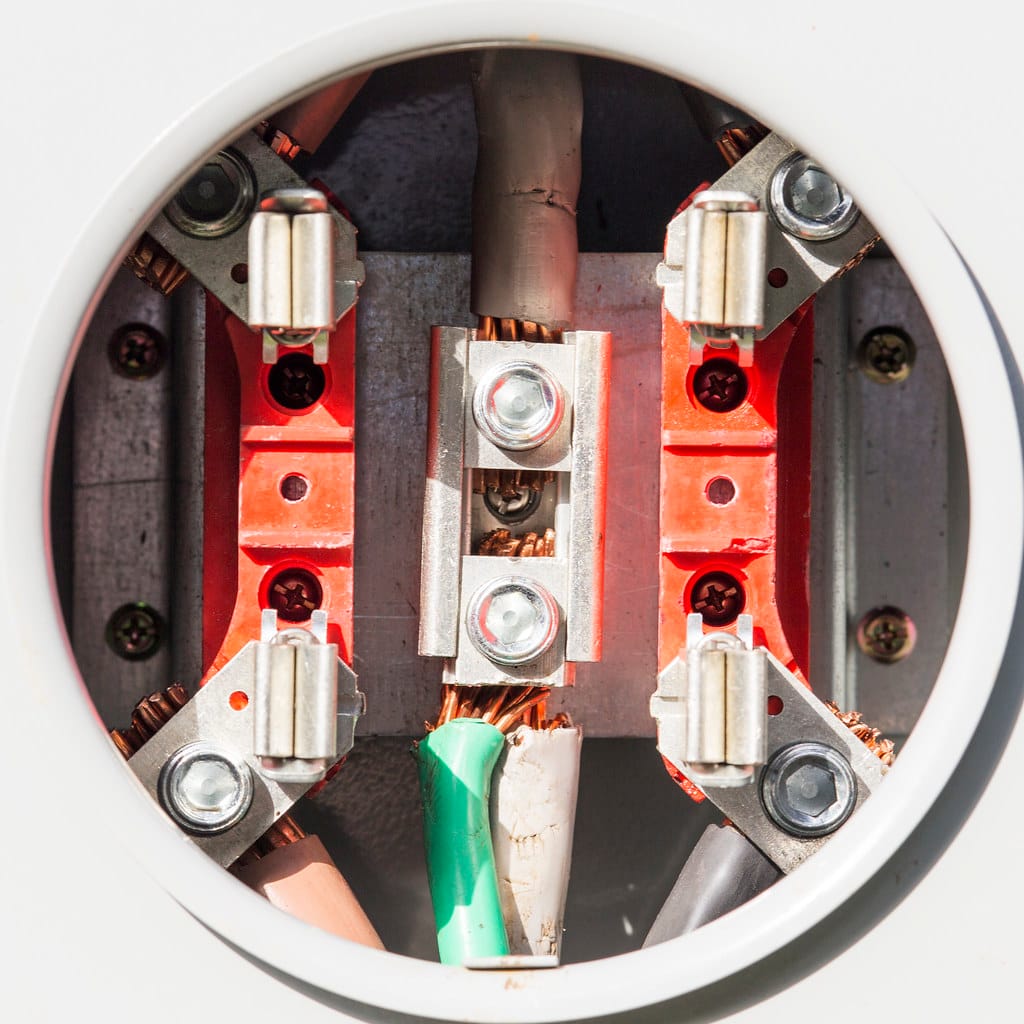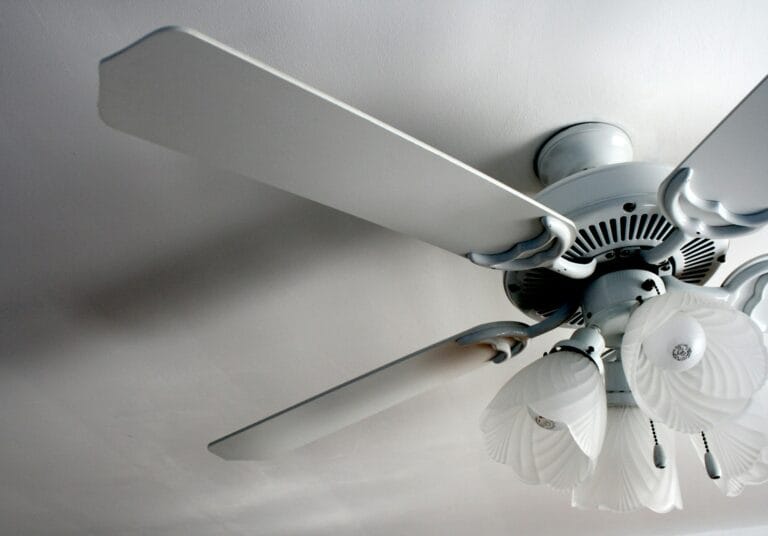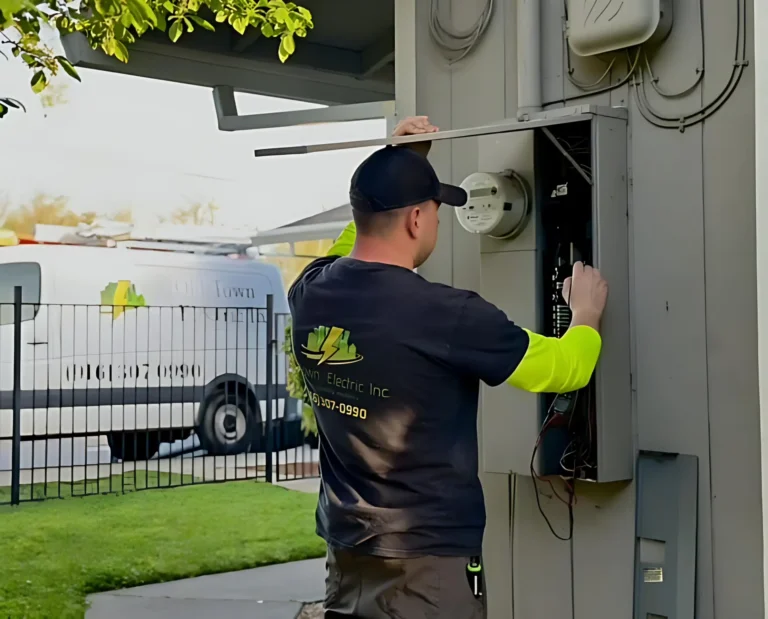If you own a home in California, you probably don’t think much about your electrical system until something goes wrong. The truth is, many houses, especially older ones in places like Sacramento, the Bay Area, and Los Angeles, still carry common electrical code violations that can create real hazards.
Here’s the thing: electrical codes exist for a reason. They’re not just about paperwork or inspectors checking boxes. They’re about protecting your home, your family, and your investment. I’ve worked in enough homes around Northern California to know these violations show up more often than people realize.
Table of Contents
Why Electrical Code Violations Matter
Electrical code in California follows the National Electrical Code (NEC), with some state-specific amendments. Think of it as the safety rulebook for your home’s wiring. If something isn’t up to code, it means:
- Fire risks increase.
- Insurance claims may get denied.
- Home resale value drops during inspections.
- Repairs end up costing more if ignored.
I once inspected a home in Sacramento’s Midtown where a simple code violation—a missing ground on an outlet—nearly caused a fire after someone plugged in a space heater. That’s not “minor.” That’s a ticking time bomb.
The Most Common Electrical Code Violations in California Homes
1. Outdated Electrical Panels
Zinsco and Federal Pacific panels are notorious here in California. These panels don’t trip breakers like they should, which means wires can overheat until something melts—or worse.
If you live in a home built between the 1950s and 1980s, there’s a good chance your panel hasn’t been updated. And I’ve seen firsthand how often they fail during inspections in Sacramento and Roseville.
Signs you may need replacement:
- Burn marks or melted breakers
- Breakers that trip often—or never trip at all
- A burning smell near your panel
2. Double-Tapped Breakers
This one shows up everywhere. A breaker is designed to hold one wire. When two wires are jammed into the same breaker (a “double tap”), the connection loosens over time. Loose wires create heat, and heat leads to fires.
In California’s hot summers, especially in attic spaces, the risk doubles. Heat plus a bad connection is a dangerous mix.
3. Missing or Damaged Grounding
California homes built before the 1970s often don’t have proper grounding. Without grounding, electricity has nowhere safe to go during a fault. That means shocks, fried electronics, or worse.
I’ve walked into homes in Carmichael and Citrus Heights where three-prong outlets were installed—but with no actual ground. It looks safe on the surface but is completely useless.
4. Overcrowded Junction Boxes
Electrical boxes have size limits. Stuff too many wires inside, and the insulation wears down. Once bare copper touches copper, you’ve got arcing sparks behind your walls.
I once opened a junction box in Elk Grove and found nearly a dozen wires crammed into a box rated for half that. The homeowner had no idea until lights started flickering.
5. Non-GFCI Outlets Near Water
Bathrooms, kitchens, garages, and outdoor outlets in California must have GFCI protection. Without it, one faulty appliance or spill could send a deadly shock through your body.
It’s an easy upgrade, but one that gets skipped constantly. I can’t count how many times I’ve replaced a standard outlet in a Sacramento bathroom with a GFCI because someone figured it “wasn’t necessary.”
6. DIY Wiring and Handy “Fixes”
Let’s be honest: California homeowners are creative. But electrical isn’t the place to experiment. I’ve seen speaker wire used for lighting circuits in Rocklin. I’ve seen duct tape “fix” exposed splices in Davis garages.
Improper materials, sloppy connections, or skipped permits—all are violations, and all can cause disaster.
7. Lack of Arc-Fault Protection
Modern code requires AFCI breakers in most living spaces. They protect against electrical arcs (think tiny lightning bolts inside your walls).
Homes in Sacramento’s older neighborhoods often don’t have them. While not as obvious as a missing GFCI, the risk is real: arcs cause house fires that GFCIs alone won’t stop.
California’s Twist on Electrical Codes
California adds layers to NEC. For example:
- Solar installations must follow extra grounding and disconnect rules (a big deal in areas like Folsom or Lincoln where solar is everywhere).
- Wildfire-prone zones often require stricter outdoor wiring and conduit protections.
- Energy efficiency rules sometimes tie into electrical upgrades—like LED requirements or smart switches in remodels.
That means even if your wiring was technically safe by NEC standards, California might still call it out.
Real-World Example: Sacramento Case Study
A homeowner in East Sacramento called me after their insurance inspection flagged “electrical hazards.” Here’s what we found:
- Zinsco panel still in use
- Several double-tapped breakers
- Two bathrooms without GFCIs
- An outdoor receptacle with no cover
On paper, these sound like small issues. But bundled together, they were a fire and shock hazard waiting to happen. The upgrades cost about $3,200—cheaper than a fire or an insurance denial.
How to Spot and Prevent Code Violations
Here’s what you can do as a homeowner:
- Schedule inspections every few years, especially in homes over 30 years old.
- Replace panels if you have Zinsco or Federal Pacific.
- Upgrade outlets to GFCI in all wet areas.
- Check attic and crawlspace wiring for loose splices or damaged insulation.
- Don’t DIY electrical unless you’re licensed.
Think of it like maintaining your car. You wouldn’t drive on bald tires, right? Electrical safety works the same way.
Costs of Fixing Electrical Code Violations
Here’s a quick breakdown of what California homeowners usually spend:
| Violation | Typical Cost to Fix |
|---|---|
| Panel replacement (Zinsco/FPE) | $2,500–$4,500 |
| GFCI outlet installation | $150–$250 per outlet |
| Double-tap correction | $150–$300 per breaker |
| Junction box upgrade | $200–$400 |
| Full home grounding | $2,000–$5,000 |
It’s not pocket change, but compared to fire damage or hospital bills, it’s a bargain.
Takeaway for California Homeowners
If you live in Sacramento, the Bay Area, or anywhere in California, don’t assume your electrical is “fine” just because the lights turn on. Common electrical code violations in California homes are everywhere, and they don’t fix themselves.
From outdated panels to missing GFCIs, the risks are too serious to ignore. If you ask me, a professional inspection is one of the smartest investments you can make in your home.
If you suspect your home may have code violations, or you just want peace of mind, schedule an inspection today. A licensed electrician can identify issues before they become emergencies. Don’t wait until a small problem sparks into something bigger



